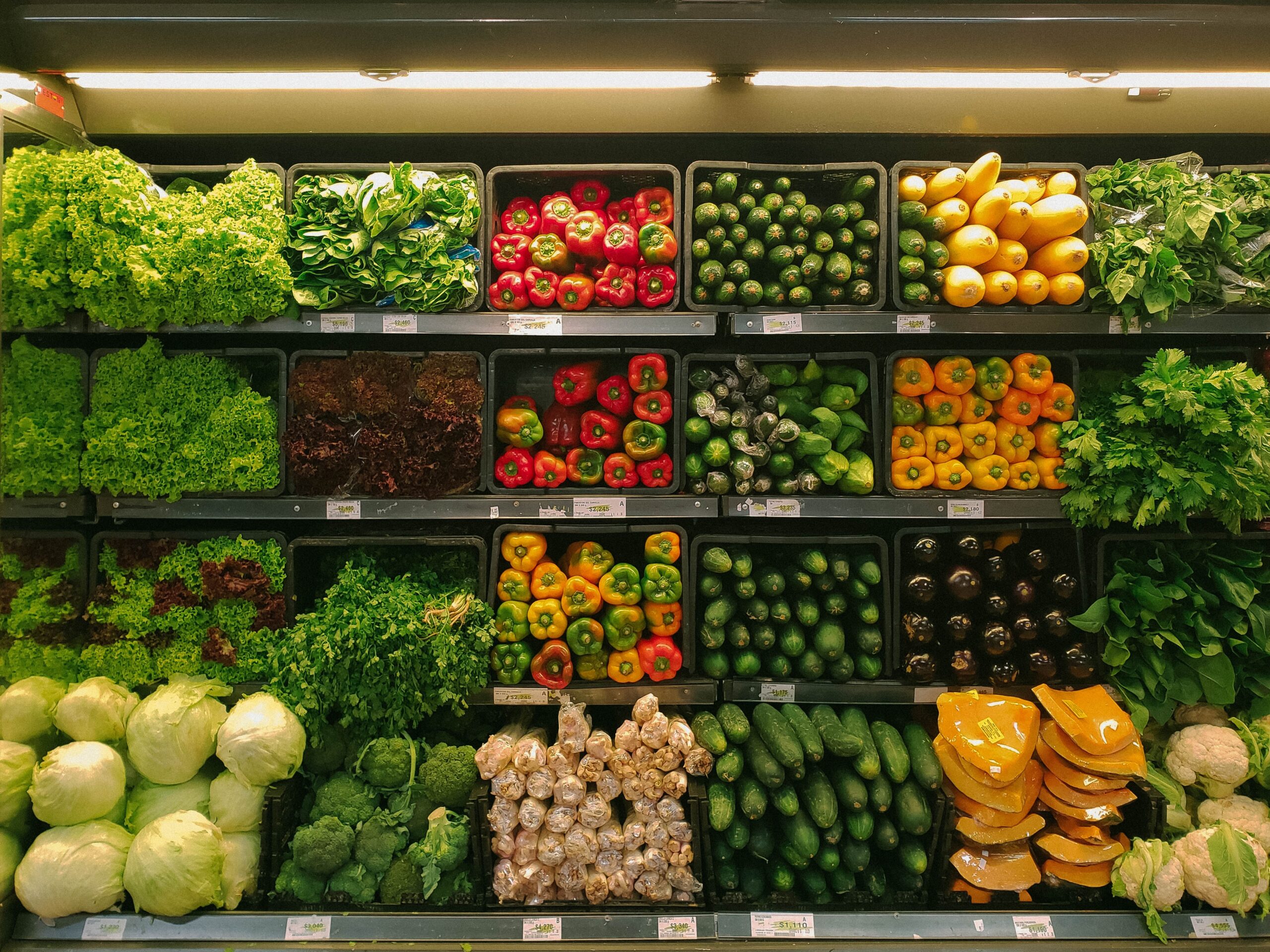Canada’s 13th annual Food Price Report confirmed what Canadians already knew, that they paid a lot more for food in 2022 and they’ll pay more next year.
The annual report — completed by Dalhousie University, the University of Guelph, the University of British Columbia and the University of Saskatchewan — anticipates food price increases of between five and seven per cent.
Last year, the report anticipated similar price increases, that a family of four would spend $14,767.36 next year, it said. But “from what was observed in 2022, the total annual expenditure for a family with the same demographic makeup was $15,222.80,” the report stated.
The causes of the difference in 2022 include “the highest rate of food inflation since the 1980s — a 40-year high. Adverse climate events, rising geopolitical tensions, high oil prices, and a falling Canadian dollar all contribute to retail food prices,” it stated.
Andrea Rankin is one of the authors of the report and research associate at Dalhousie’s Agri-Food Analytics lab and expects to see an increase within the next year.
“All categories are projected to have an increase next year,” she said. “So, the highest category is vegetables. That is predicted to go up six to eight per cent, then bakery, dairy, meat [and] other items we use would be five per cent.
“When you look at food prices there’s a lot of behind-the-scenes factors that you may not take into consideration when you see the price on the shelf,” Rankin said.
Factors such as climate change and supply chain disruptions also affect prices and availability of products on grocery store shelves.
“You can look at climate events that are becoming more severe and then more often as we go along, you can look at transportation,” Rankin said. “So as far as supply chain disruptions that we’re still seeing, [the] past two years have been anything but normal. So that’s still kind of playing a role.”
She said consumers are making different choices when they walk into the grocery store than they did last year.
“Some are looking for volume depending on the options that are two for however much, three for how much deal that you can find,” Rankin said. “Some are looking to couponing, there’s food saving apps that you can use to find deals. Some consumers are just buying less and eating less because of the prices that are facing in the stores,” she said.
Toronto’s Daily Bread and North York Harvest food bank released their annual 2022 Who’s Hungry report which showed that there were 1.45 million visits to Toronto food banks last year, the highest number of visits recorded for the city.
According to the report, new clients have outnumbered existing clients, resulting in a 61 per cent increase since 2021.
With food security continuing to be an issue into 2023, Canadians will continue to face affordability issues at grocery stores and be challenged with ways to fight inflation.

